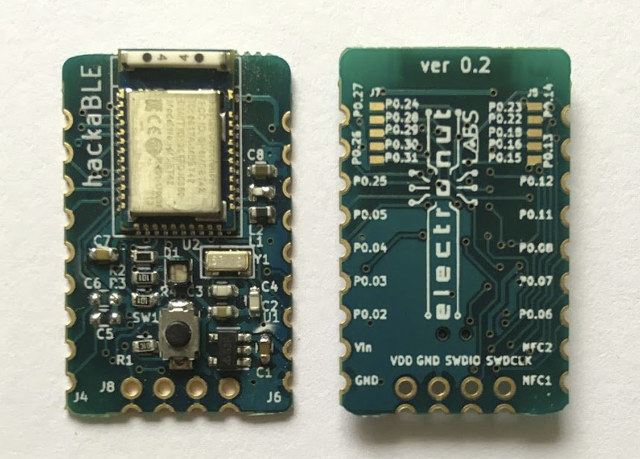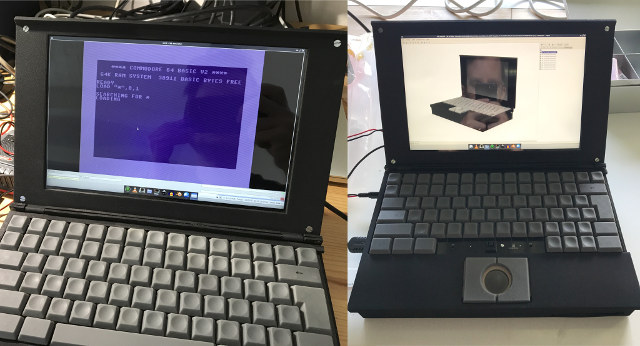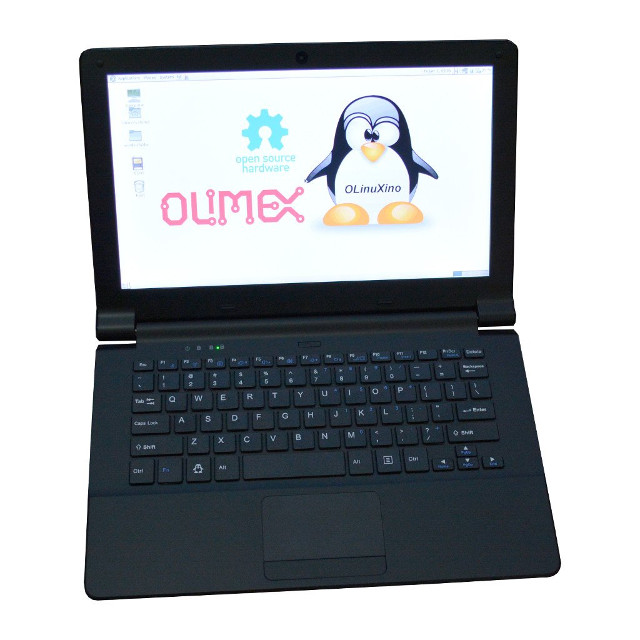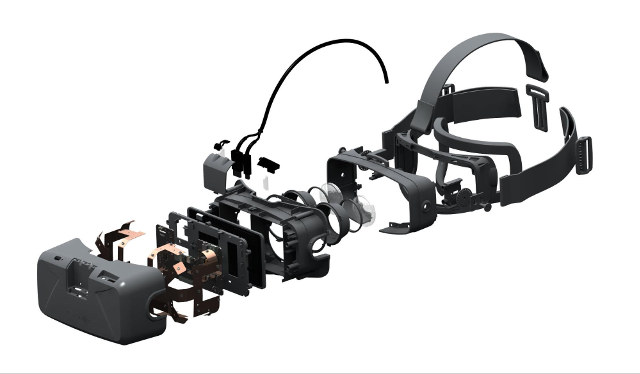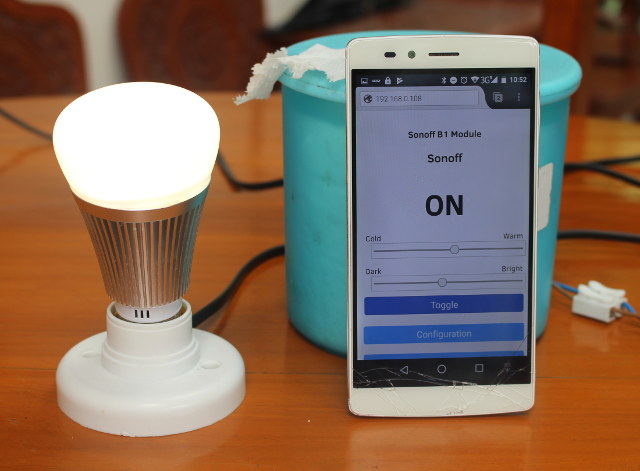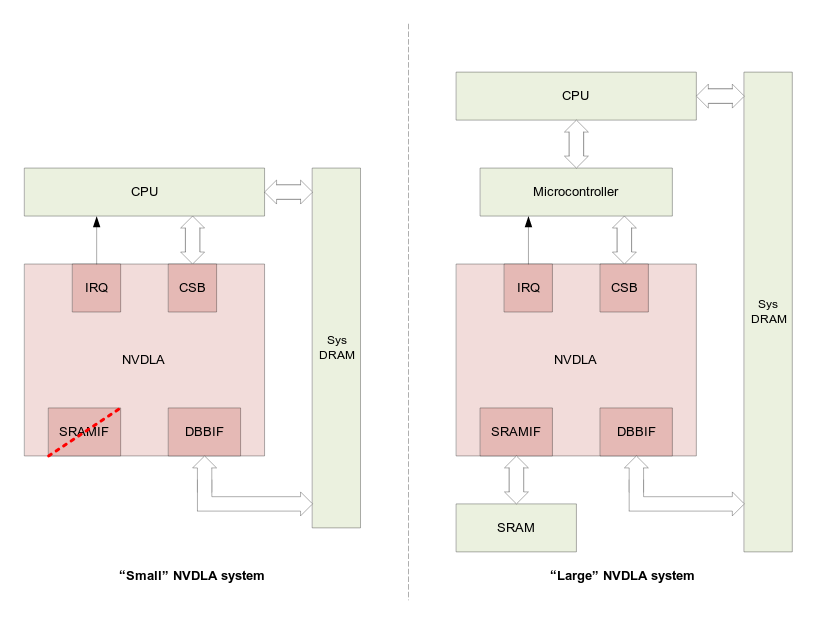NXP has announced the release of OpenIL industrial Linux distribution with real-time OS extensions and Time-Sensitive Networking (TSN) support for factory-automation for the Industry 4.0 era. The OpenIL distribution includes support for per-stream policing, time-aware shaping of network traffic, and 801.1AS time synchronization, and supports NXP Layerscape SoCs and boards such as LS1028A dual ARMv8 processor, or LS1021A-IOT IoT gateway. Some notable OpenIL features include: Xenomai real-time extensions to Unix, making porting relatively easy from an RTOS like VxWorks or pSOS Extensible Markup Language (XML) and NETCONF-based network configuration utilities for TSN Generalized precision time protocol (gPTP) with the linuxptp daemon Drivers for the Ethernet Interfaces and the NXP SJA1105T TSN switch Support for edge computing services Optional instantiation of the Ubuntu user-space filesystem layout You’ll find the source code on Gihub, and some more information on OpenIL.org website. NXP appears to be the only company involved in the project, […]
HackaBLE Board is a Tiny, Breadboard-Friendly Bluetooth LE Development Board
Earlier this year, I wrote about Electronut Labs’ Bluey development board powered by Nordic Semi nRF52832 development board with BLE, NFC, and a few sensors, and partially open source hardware with the KiCAD schematics and PCB layout available on Github. The company is now back with another open source hardware nRF52832 BLE board, namely hackaBLE, that’s much smaller (28x18mm), and with 2.54mm pitch castellated pin headers making suitable for use for breadboard, or as a module on a custom designed board. hackaBLE board specifications: SoC – Nordic Semi nRF52832 ANT + BLE ARM Cortex-M4 @ 64 MHz processor with 512kB flash, 64kB RAM Connectivity – Bluetooth 4.2/5 LE and other proprietary 2.4 GHz wireless standards via chip antenna Expansion 2x 9-pin castellated headers with GPIO, 5V, 3.3V, and GND 2x 5-pin solder pads for more I/Os Debugging – 4-pin SWD header Misc – RGB LED, and user button Power Supply […]
MNT Reform DIY Modular ARM Linux Portable Computer To Feature NXP i.MX 6/8 SoC
The first usable DIY ARM Linux laptop that I can remember is Novena, unveiled in 2014, based on Freescale i.MX 6Quad processor, and fairly expensive at close to $2,000 since it was a nice product. Recently, we’ve had more affordable options with products such as Olimex TERES-I laptop (Allwinner A64), and the second version of Pi-Top laptop shell for Raspberry Pi 3. There may soon be another option as MNT Media and Technology (Lukas F. Hartmann) partnered with an industrial designer (Ana Dantas) to work on “Reform”, a DIY and modular laptop / portable computer powered by NXP i.MX 6QuadPlus quad core ARM Cortex A9 processor, and eventually i.MX 8 hexa core Cortex A72/A53 processor. They are the prototype stage right now, and mostly looking for feedback. The preliminary specifications and features of the Reform portable computer include: SoC – NXP i.MX 6QuadPlus quad core Cortex A9 processor @ up […]
Olimex TERES-I DIY OSHW Laptop Now Up for Sale for 240 Euros
Olimex has been working on their open source hardware TERES-I DIY laptop since last year. The laptop is supposed to come in kit form, so that you can build it yourself. Every board and most parts are open source to let your easily repair it, or improve it by adapting the part to your own needs. The company has now launched the laptop kit for 240 Euros in black or white. Olimex TERES-I laptop updated specifications: SoC – Allwinner A64 quad core ARM Cortex-A53 processor @ 1.2 GHz with Mali-400MP2 GPU System Memory – 2GB DDR3L Storage – 16 GB eMMC Flash, micro SD slot Display – 11.6″ LCD display with 1366×768 resolution Video Output – 1x HDMI 1.4 port Audio – Via mini HDMI, 3.5mm audio jack, 2x speakers, microphone Connectivity – 802.11 b/g/n WiFi up to 150Mbps, Bluetooth 4.0 LE USB – 2x USB port ports Front camera […]
Oculus Rift Virtual Reality Development Kit 2 Becomes Open Source Hardware
Oculus Rift DK2 virtual reality headset and development kit started to ship in summer 2014. The DK2 is kind of VR headset that is connected to a more powerful computer via USB and HDMI, includes hardware for positional tracking, a 5″ display ,and two lenses for each eye. Since then the company has been purchased by Facebook, and they’ve now decided to make the headset fully open source hardware. The release includes schematics, board layout, mechanical CAD, artwork, and specifications under a Creative Commons Attribution 4.0 license, as well as firmware under “BSD+PATENT” licenses which you’ll all find on Github. The release is divided into four main folders: Documentation with high-level specifications for the DK2 headset, sensor, and firmware. Cable with schematics and high level specifications for the cables. Custom assembly that would be hard to recreate from source. Allegedly the most complex part of the design Sensor with […]
Purism Librem 5 Open Source Linux Smartphone Meets its 1.5 Million Dollars Funding Target
Back in the summer, we reported about Purism Librem 5, a privacy-focused, open source Linux smartphone. The hardware has not been developed yet, at the time the company was still considering either i.MX 6 Cortex A9 processor or i.MX8 Cortex A53 processor for the phone, and asked for 1.5 million dollars in their self-managed crowdfunding campaign to get the phone delivered in 2019. The project was interesting but with the current status for the project, amount to be raised, and delivery timeline, it was a long shot. But it turns out there’s some demands for smartphones outside of Android and iOS ecosystem, and since then, KDE and the GNOME foundation have joined the project leading to more coverage & people getting involved, and Librem 5 phone is now fully funded with 13 days to go. The processor will likely be NXP i.MX 8M Quad quad core Cortex A53 SoC, as […]
Review of Sonoff B1 Smart RGB Light Bulb – Part 2: Sonoff-Tasmota Firmware
I’ve already reviewed Sonoff B1 light bulb using the stock firmware combined eWelink app for Android, and as promised in the first part of the review, I’ve also tested the ESP8285 based WiFi light bulb with Sonoff-Tasmota open source firmware, and report my findings in this new post. Before we can play with the new firmware, we need to install it, and I’ve just explained how to upgrade Sonoff devices to Sonoff-Tasmota firmware either using some soldering skills and a USB to serial board, or some network configuration skills and perform an OTA update using ITEAD Studio/eWelink original firmware update mechanism. So for this part of the review, I’ll assume we have just freshly update the light bulb with Sonoff-Tasmota using the binary images released by the developer. First, you’ll need to find the IP address of the light bulb with your router or tools like nmap or arp, and […]
NVIDIA Unveils Open Source Hardware NVDLA Deep Learning Accelerator
NVIDIA is not exactly known for their commitment to open source projects, but to be fair things have improved since Linus Torvalds gave them the finger a few years ago, although they don’t seem to help much with Nouveau drivers, I’ve usually read positive feedback for Linux for their Nvidia Jetson boards. So this morning I was quite surprised to read the company had launched NVDLA (NVIDIA Deep Learning Accelerator), “free and open architecture that promotes a standard way to design deep learning inference accelerators” The project is based on Xavier hardware architecture designed for automotive products, is scalable from small to large systems, and is said to be a complete solution with Verilog and C-model for the chip, Linux drivers, test suites, kernel- and user-mode software, and software development tools all available on Github’s NVDLA account. The project is not released under a standard open source license like MIT, […]



